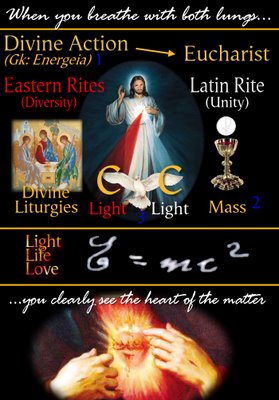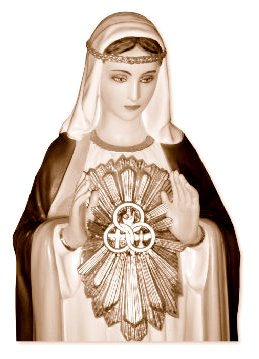Abbot Gabriel Mouton, the Father of the Universal (Catholic) Metric System
Abbot Gabriel Mouton
"...there was a marvelous regularity in nature which makes a metric system of measurement based on nature fit in with human activity."
Gabriel Mouton (1618 – 28 September 1694) was a French abbot and scientist. He was a doctor of theology from Lyon, but was also interested in mathematics and astronomy. His 1670 book, the Observationes diametrorum solis et lunae apparentium, proposed a natural standard of length based on the circumference of the Earth, and was decimally divided. It was influential in the adoption of the metric system in 1799.
The milliare
| Name | Multiple of virga | Approx. equivalents | ||||||||||||
|---|---|---|---|---|---|---|---|---|---|---|---|---|---|---|
| Milliare | 1000 | 1 minute of arc, 2 km, 1 nautical mile | ||||||||||||
| Centuria | 100 | 200 m | ||||||||||||
| Decuria | 10 | 20 m | ||||||||||||
| Virga | 1 | 2 m, 1 Parisian toise | ||||||||||||
| Virgula | 0.1 | 20 cm | ||||||||||||
| Decima | 0.01 | 2 cm | ||||||||||||
| Centesima | 0.001 | 2 mm | ||||||||||||
| Millesima | 0.0001 | 0.2 mm |
By today's measures, his milliare corresponds directly to a nautical mile, and his virga would by definition have been 1.852 m.
Sincerely yours in Jesus through Mary,
Mike Rizzio
Imitate Mary
Become like Jesus
Live for the Triune God
Seek the Light of Our Lord Jesus Christ
See you on the High Ground!
* - J.M.J. + O.B.T. + M.G.R. stands for:
Jesus, Mary and Joseph;
O Beata Trinitas;
St. Michael, St. Gabriel and St. Raphael































No comments:
Post a Comment